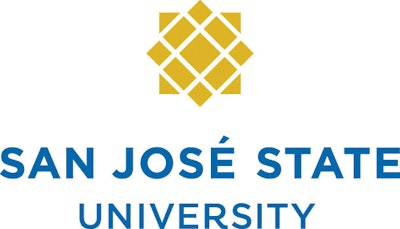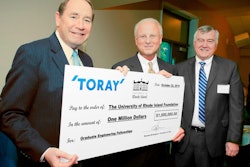
At this time of year, when universities are graduating a new batch of students and firms are interviewing those students for potential positions, it may be prudent to look at what makes a good fit for the firm and the employee. The firm wants a new hire to be competent, professional, ethical, motivated, able to work well in groups, and capable of growing with the position. As for the new hires, their expectations of themselves should mirror the expectations of the firm that’s hiring them. When employer and employee are on the same page in this way, it reduces the risk of negative consequences stemming from poor employee satisfaction. It also helps form the foundation of a long-term trust relationship between employee and employer.
There has been a trend over the last decade or so to hire graduates from packaging programs on a contract basis rather than offering them a full-time, permanent position right away. Many firms use this as a screening process before a permanent position is offered. While this practice serves a short term goal, it does nothing to build on any of the trust relationships shown to increase productivity in the workplace. Research in work behavior and productivity has demonstrated that “engaged” employees benefit the firm far greater than disengaged employees. It is simple commonsense that if someone hires you for a short time you have a “job,” but if you are hired as a permanent employee you have a “career.” That’s why an internship program in a firm makes so much more sense than hiring a new grad on a contract basis. It gives both parties a trial period.

























